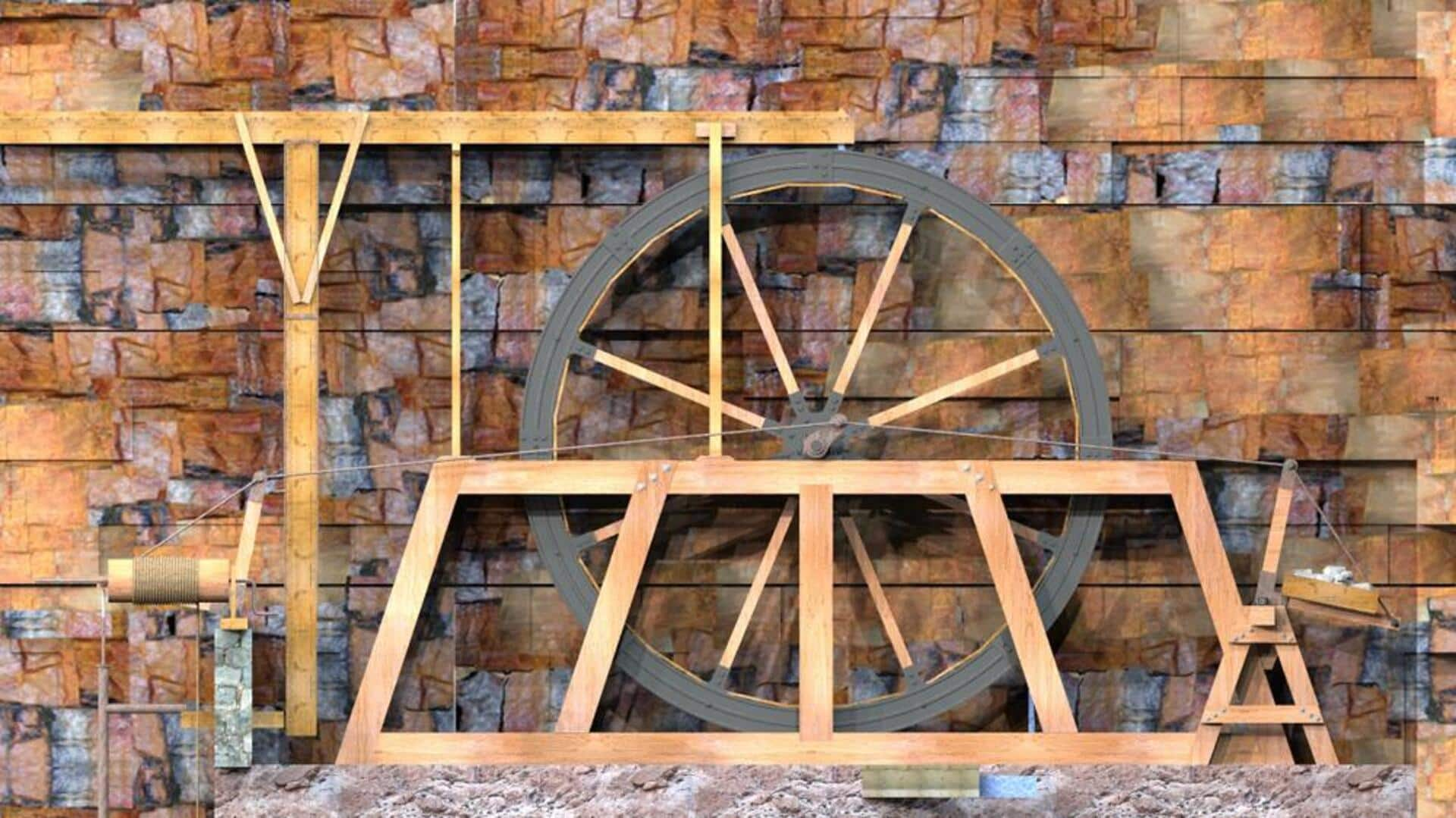
Switzerland's underground water mills: A must-see gem
What's the story
Switzerland is famous for its stunning landscapes, but did you know that hidden under its surface are the amazing underground water mills? These historic sites take you back into the country's industrial past and highlight the brilliance of early engineering. Here's how to explore these hidden gems, making the most of your trip.
History
Historical significance of water mills
Switzerland's underground water mills are centuries old and were vital to local economies. These mills used flowing water's power to grind grains, saw wood, and other such tasks. Their construction speaks volumes of the engineering skills from an era when technology was scarce. Visiting these places gives you a chance to see how communities used natural resources to cater to their daily needs.
Locations
Popular locations to visit
Several regions in Switzerland are known for their well-preserved underground water mills. Particularly famous are the Canton of Vaud and Ticino, both of which have accessible sites that welcome visitors year-round. Each location is different in terms of architectural styles and operational mechanisms. Planning visits around these areas ensures exposure to various historical contexts and technological advancements.
Experience
What to expect during visits
Exploring these underground water mills means you will have to navigate through narrow passages and dimly lit tunnels. Be prepared for uneven surfaces and varying temperatures inside the structures. Guided tours usually give detailed explanations about each mill's history, function, and restoration efforts undertaken over time. It's best to wear comfortable clothing suited for walking through such environments.
Tips
Tips for an enjoyable exploration
For a more enjoyable experience at Switzerland's underground water mills, drop by on weekdays so you can skip the huge crowds. This way you can enjoy more intimate tours with guides who can provide more insight into the history and functioning of each site. Do keep in mind that photography may not be allowed at some places due to conservation efforts, so check beforehand if you want to click pictures.